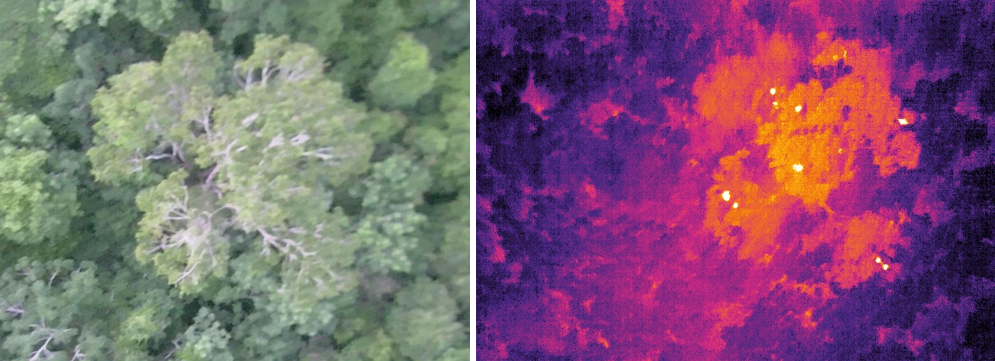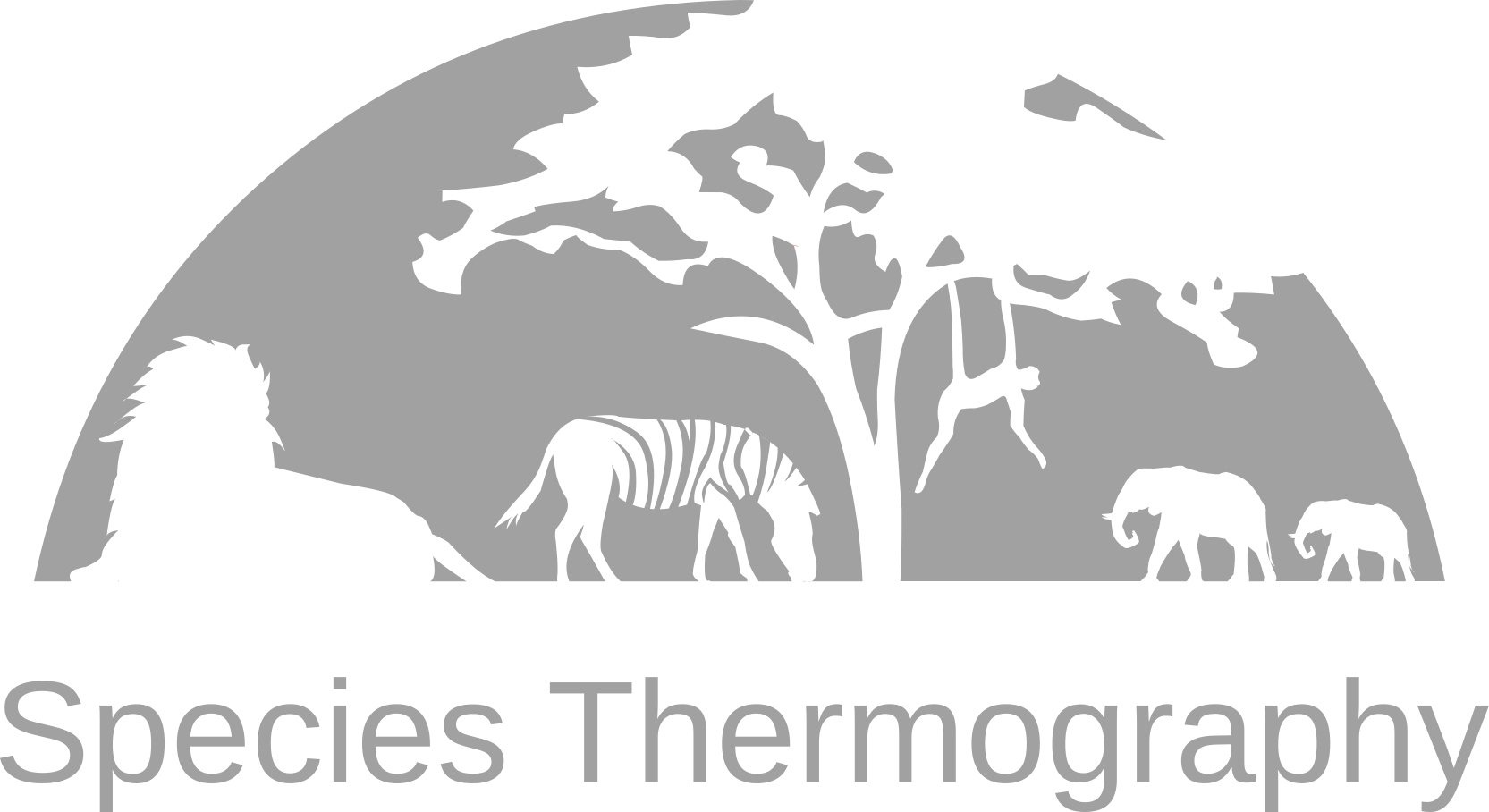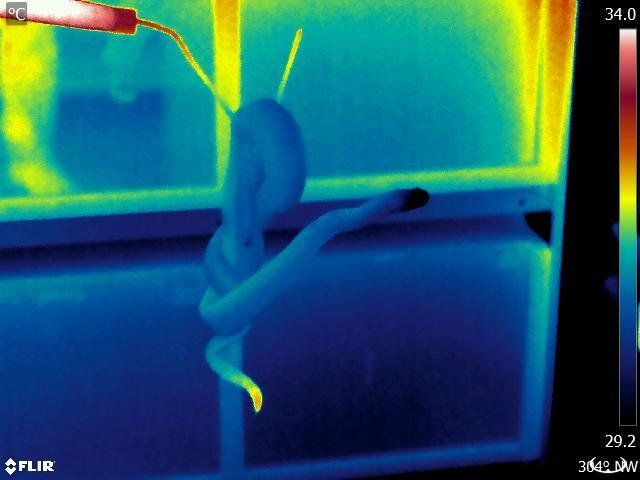Blog Layout
Infrared Thermography of the Orbital Region of the Bovine
L. Wicks • Nov 04, 2019
Early Disease Detection
Livestock farming is one of the largest global industries. Infectious diseases are a significant concern to the livestock
industry from the standpoint of both animal welfare and economic loss. Early disease detection and preventative medicine is critical in implementing effective disease control measures and therapies.
Infrared temperatures, especially for facial scans, increased by 1.5°C to over 4°C (P < 0.01) several days to 1 week before clinical scores or serum concentrations of acute phase protein indicated illness in the infected calves. The data suggest that infrared thermal measurements can be used in developing an early prediction index for infection in calves (Schaefer et al.
2004). Eye temperature, measured using infrared thermography (IRT), was more effective at detecting bovine viral diarrhea as changes occurred as early as one day, compared to 5-6 days for other areas such as the nose, ear, body and hooves (Schaefer et al.
2009 InfraMation Conference Proceedings).
Research into bovine respiratory disease (BRD) has clearly demonstrated that infrared values, were as much or even more efficient than clinical scores, core temperatures or haematology in identifying ill animals prior to the clinical appearance of BRD (Schaefer et al. 2007). The research demonstrated that infrared thermography scans of the orbital area in calves was effective as an early identifier of bovine respiratory disease onset. The figure below from (Schaefer et al.
2007) shows retrospective facial infrared thermography images of the same animal during the onset of bovine respiratory disease. Clinical signs were positive (>3) on days 9-10.
Such information would enable the earlier and more targeted treatment of affected animals thereby reducing animal suffering, improving the animal industry economics and reducing the likelihood of promoting antibiotic resistant microbes (Schaefer et al. 2009 InfraMation Conference Proceedings).
Research Papers linked below:
Share
Tweet
Share
Mail

By L. Wicks
•
05 Nov, 2019
Some species are more easy to study compared to others, but the challenges faced by ecologists and conservationists worldwide are the same when it comes to accurate data collection. In order to conserve and protect effectively, we must have the most up to date information on the species we are working with. Dr Claire Burke, an astro-ecologist from Liverpool John Moores University UK, and her team have been combining the disciplines, of astrophysics, computational analysis, ecology and machine learning utilising drones, resulting in some brilliant research on novel techniques to aid in monitoring and identifying species. Its one thing, undertaking research on fairly slow moving easy to spot species, however finding species such as orangutan within a rain forest canopy is another story, and until recently has been the sole unenviable task of conservation biologists and in-country experts tracking from the ground. The use of drones or UAVs (unmanned aerial vehicles) as they are sometimes known, has the benefit of covering large areas relatively quickly. In the thermal infra red, given the right conditions, animals are displayed as bright shapes effectively "glowing like stars". The left hand image below shows the visual image from the drone alongside the same frame shown in the thermal infra red - it is striking how the orangutan are clearly shown within the tree canopy. Thermal imaging's ability to 'see through' vegetation cover to a heat source partially concealed within it proves invaluable in detecting wildlife in tricky environmental conditions. Burke et al. (2019) research looked at the efficacy of using a drone equipped with thermal imaging device and found a high hit rate detecting 41 orangutans and a troop of proboscis monkeys, all of which were confirmed by ground observers. Dr Burke is also developing a machine learning classification system to help identify species from aerial thermal imaging by their unique thermal 'finger print' (right hand image below). This kind of system requires very large training data sets which need to be labelled and therefore massively time consuming. Her team are working to address this issue using a citizen science project called Zooniverse which provides access to vast numbers of human classifiers. They are also working on source detection software which could label species automatically prior to machine learning refinement. This work will be critical in effective conservation monitoring and could be applied to a range of wildlife applications. To find out more about Claire and her research please see the links below and for training opportunities,click on the Useful Resources tab: https://www.ljmu.ac.uk/about-us/staff-profiles/faculty-of-engineering-and-technology/astrophysics-research-institute/claire-burke https://www.researchgate.net/profile/Claire_Burke6 http://www.astro.ljmu.ac.uk/research/astro-ecology https://www.cburkesci.com/





